Diatoms Algae in Freshwater Aquariums
Diatoms are single-celled algae that are widely distributed in freshwater, saltwater, and brackish habitats. In the freshwater aquarium hobby, diatoms are commonly considered a nuisance because they tend to form unsightly brown or greenish-brown films on the surfaces of rocks, gravel, and other decorations. Despite this, diatoms play an important role in the ecology of freshwater aquariums, as they form a crucial part of the food chain, serving as a source of food for other aquatic creatures.

Diatoms are unique among algae in that their cell walls are made of silica, a type of mineral. This gives them a hard, glass-like appearance that makes them very resistant to predators and other forms of physical damage. As a result, diatoms are often able to thrive in environments that are hostile to other types of algae, and they are typically able to outcompete other algae for resources.
In the freshwater aquarium, diatoms can be controlled through a combination of environmental management and the use of chemical treatments. To control diatoms, it is important to maintain good water quality by keeping the aquarium water well-filtered and well-aerated, and by avoiding overfeeding, overstocking, and other practices that can lead to excess organic waste. In addition, adding live plants to the aquarium can help to reduce the amount of light that reaches the surfaces where diatoms tend to grow, which can also help to reduce their numbers.
If these measures are not enough to control diatoms, there are several chemical treatments available that are designed specifically for this purpose. These treatments typically contain compounds that interfere with the growth and reproduction of diatoms, either by inhibiting the formation of new diatom cells or by breaking down the silica that makes up their cell walls. Some of the most commonly used treatments for diatoms in the freshwater aquarium include copper sulfate, silica-based products, and hydrogen peroxide. We suggest Sera Silicate Clear or Seachem Purigen to help remove diatoms
When using chemical treatments for diatoms, it is important to follow the instructions carefully and to use the product exactly as directed. Overuse of these treatments can be harmful to other aquatic life in the aquarium, and can also lead to an accumulation of harmful chemicals in the water. In addition, it is important to monitor the water quality and pH levels in the aquarium regularly, as chemical treatments can sometimes have unintended side effects.
There is also several species of fish and snails that will help clean up this algae. Bristlenose, Otocinclusand mystery snails all do really well when trying to contain diatoms algae. If going down the live critter route for your algae battles, remember after you win, you still need to care for and feed your new pets.
In conclusion, diatoms are an important part of the freshwater aquarium ecosystem, but they can also be a nuisance if they are allowed to grow out of control. To control diatoms, it is important to maintain good water quality, add live plants to the aquarium, and use chemical treatments if necessary. By taking these steps, you can help to ensure a healthy and beautiful freshwater aquarium that is free of unwanted algae.

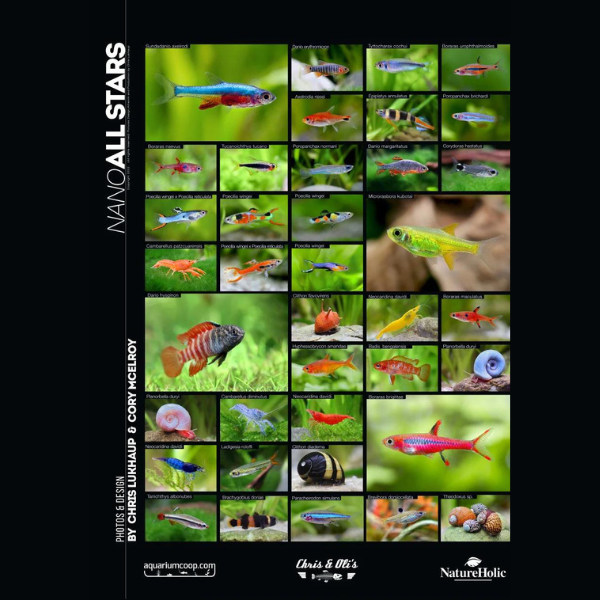
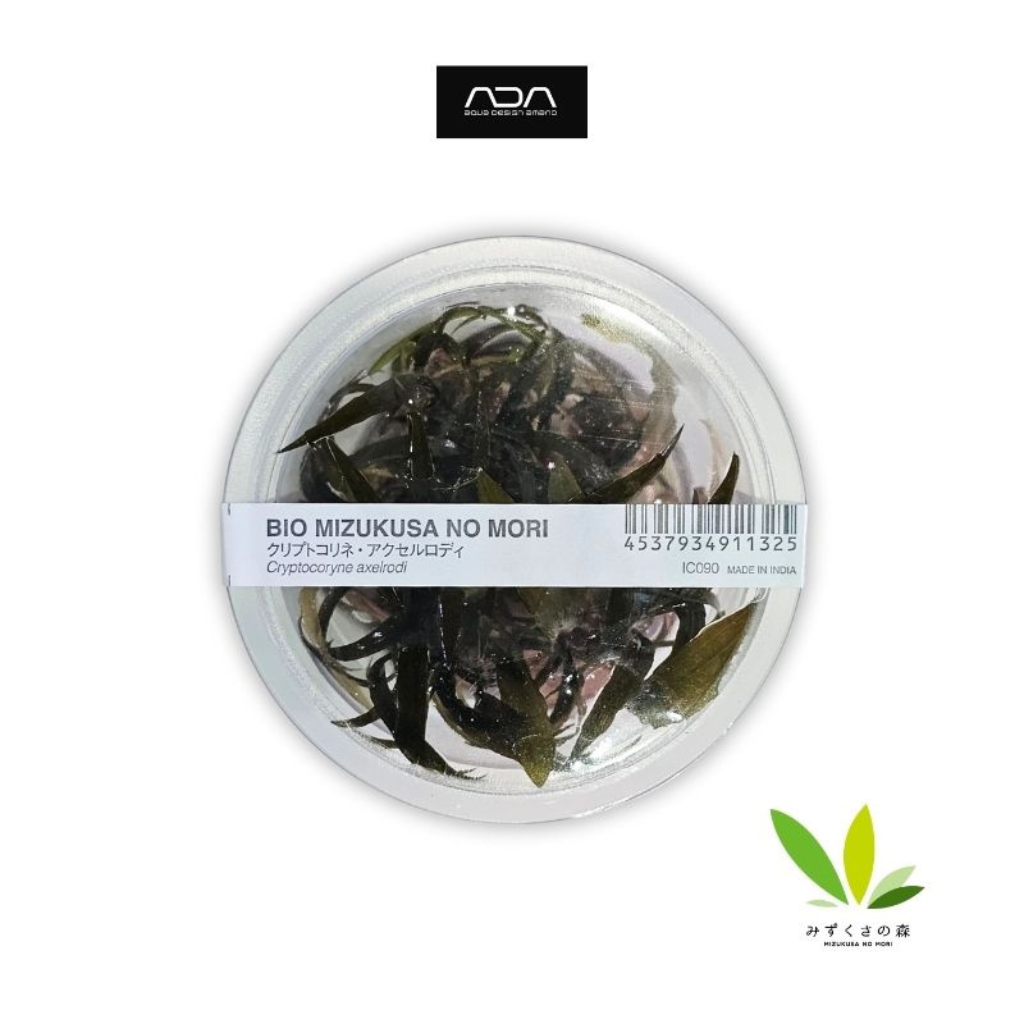
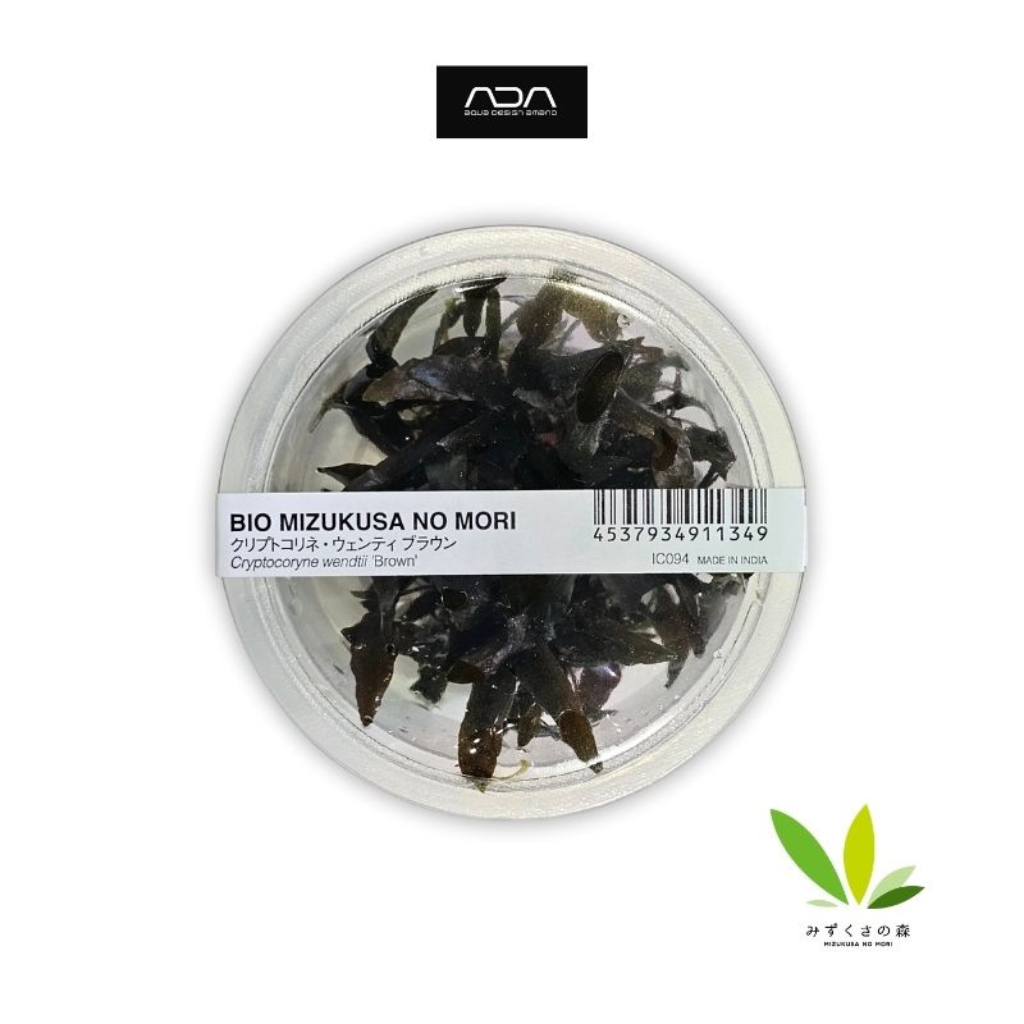
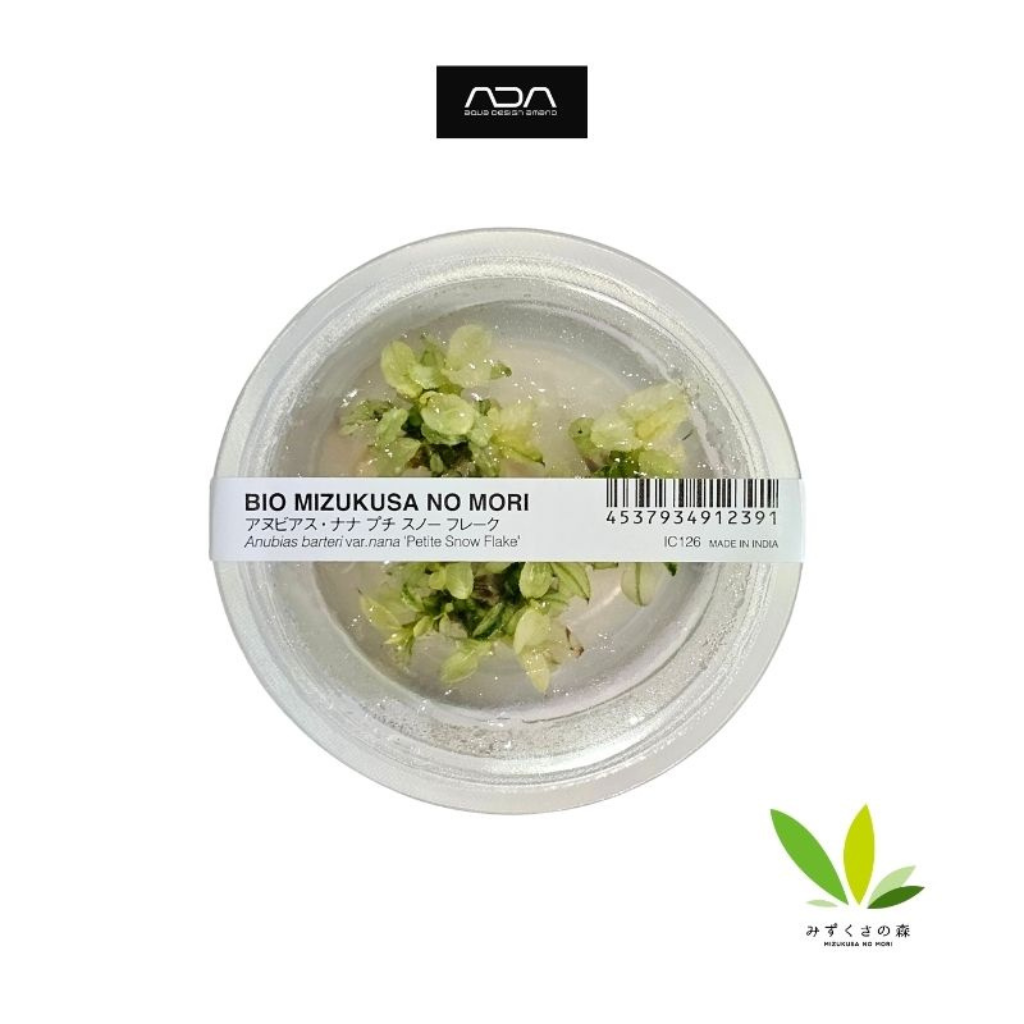

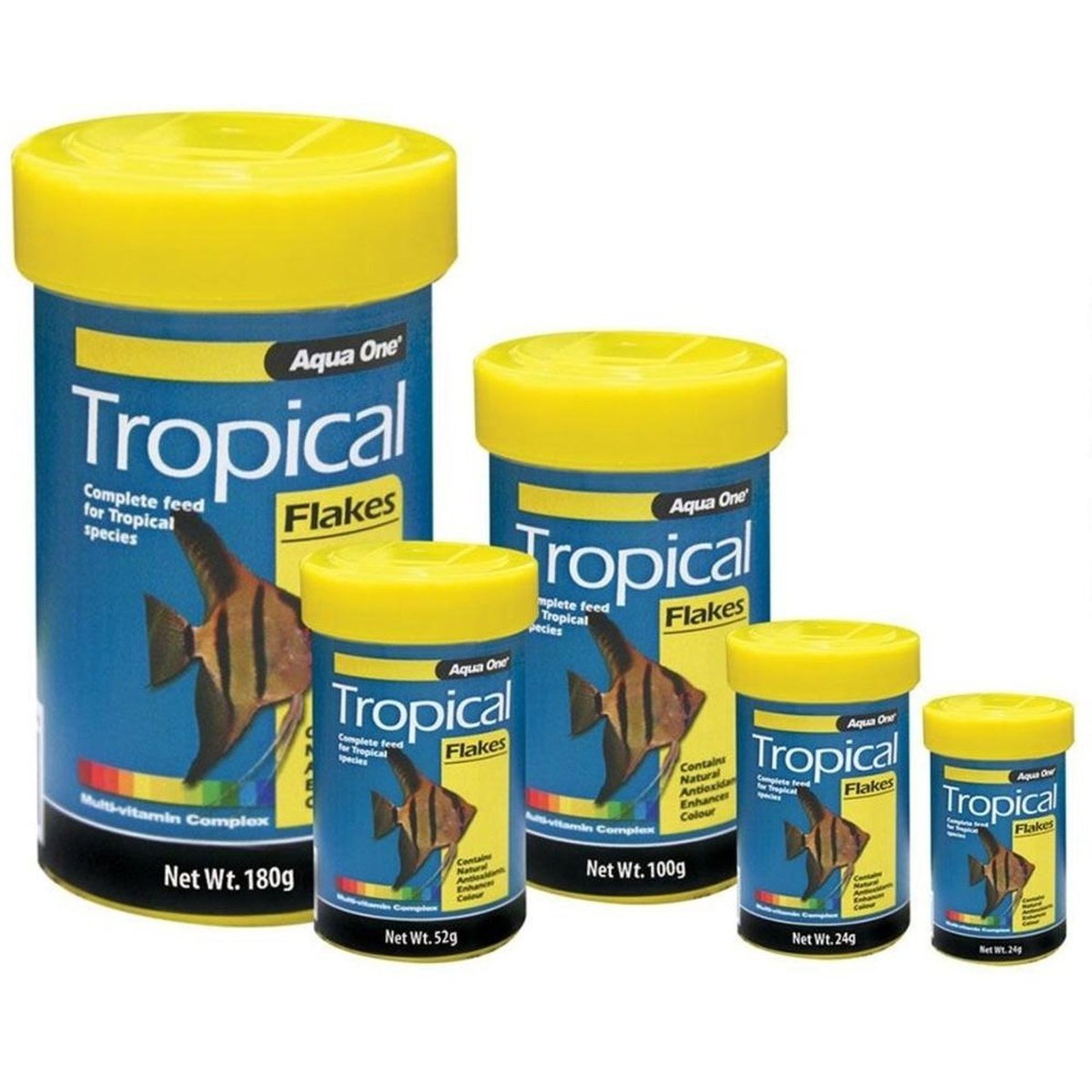
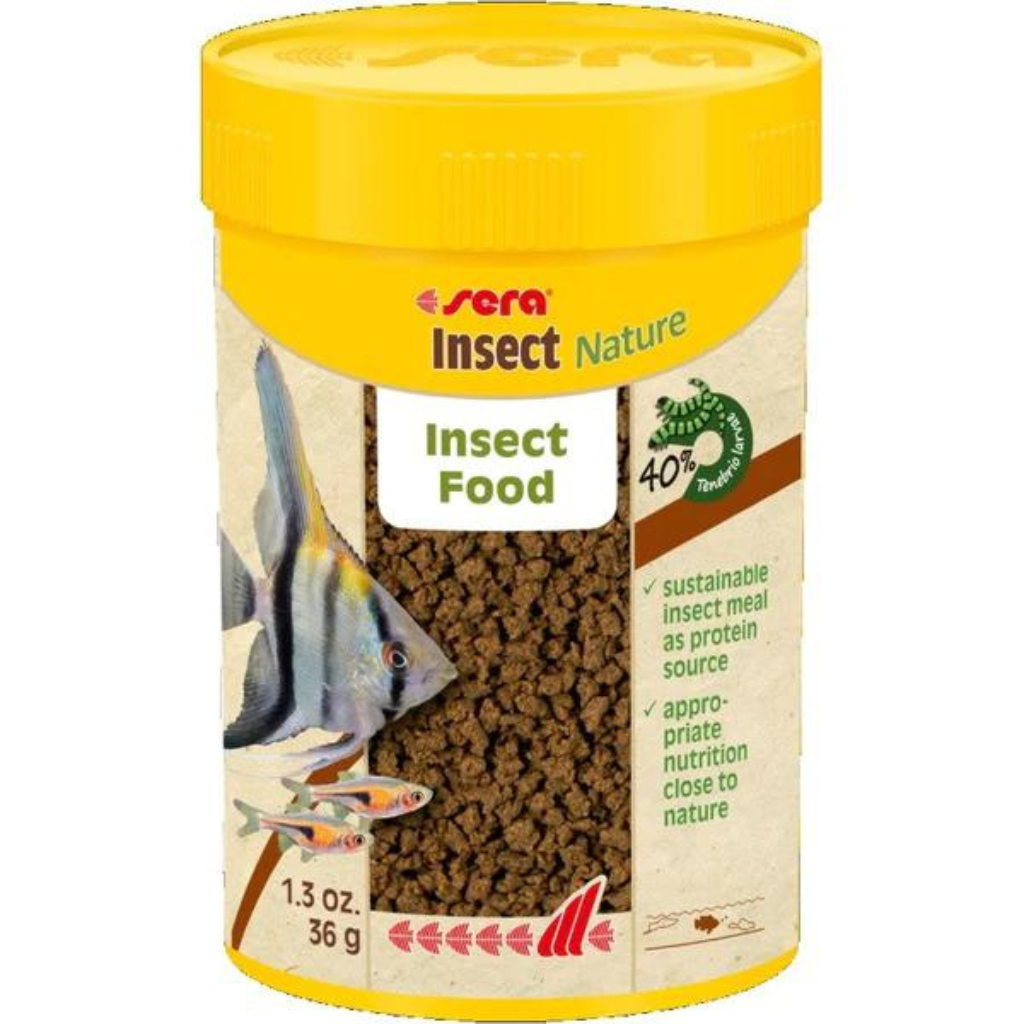
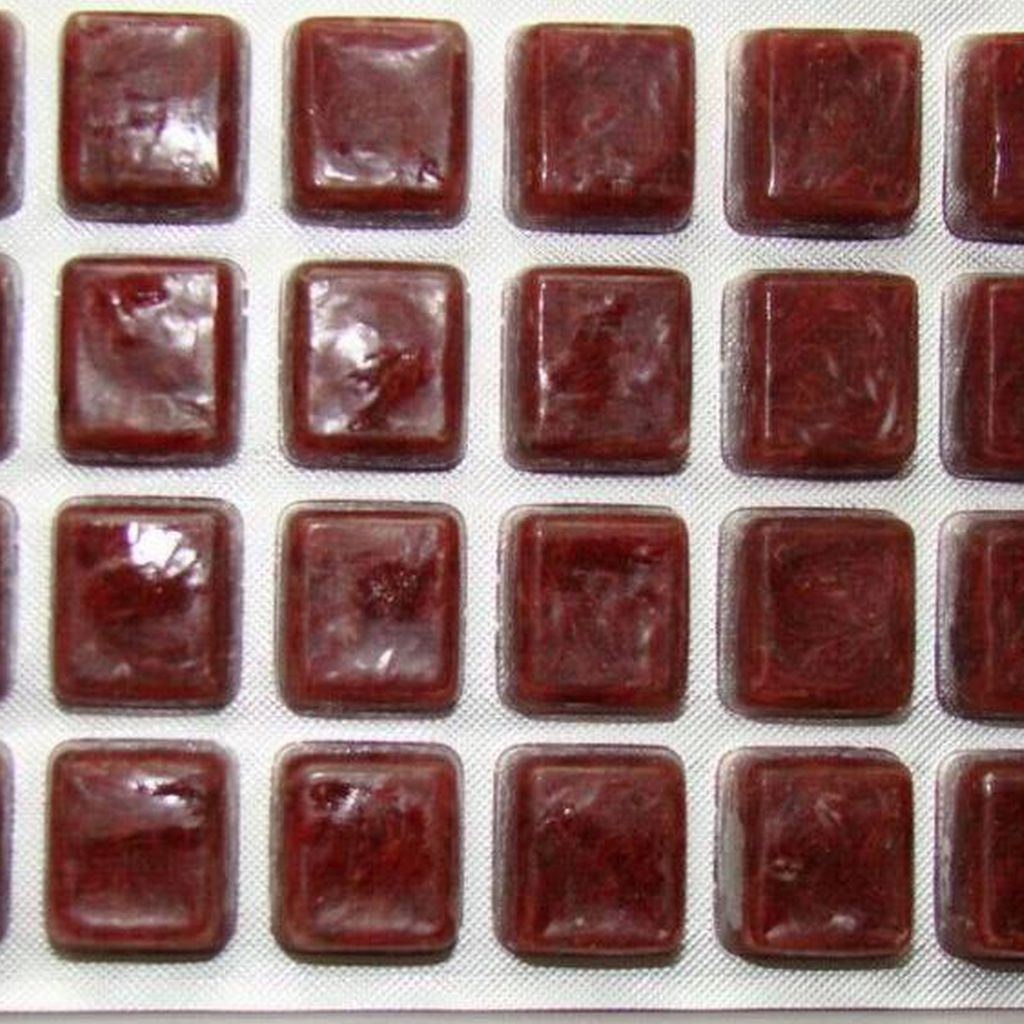
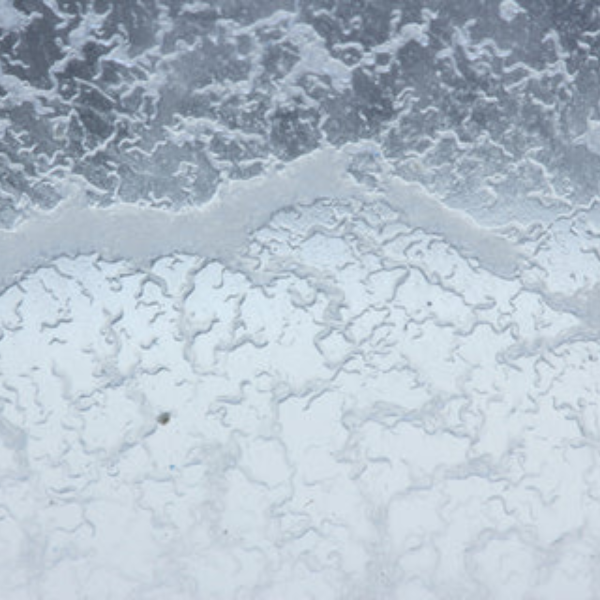
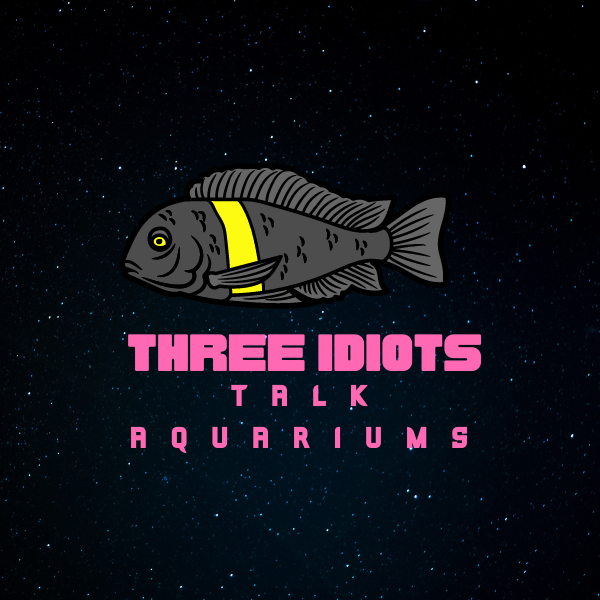



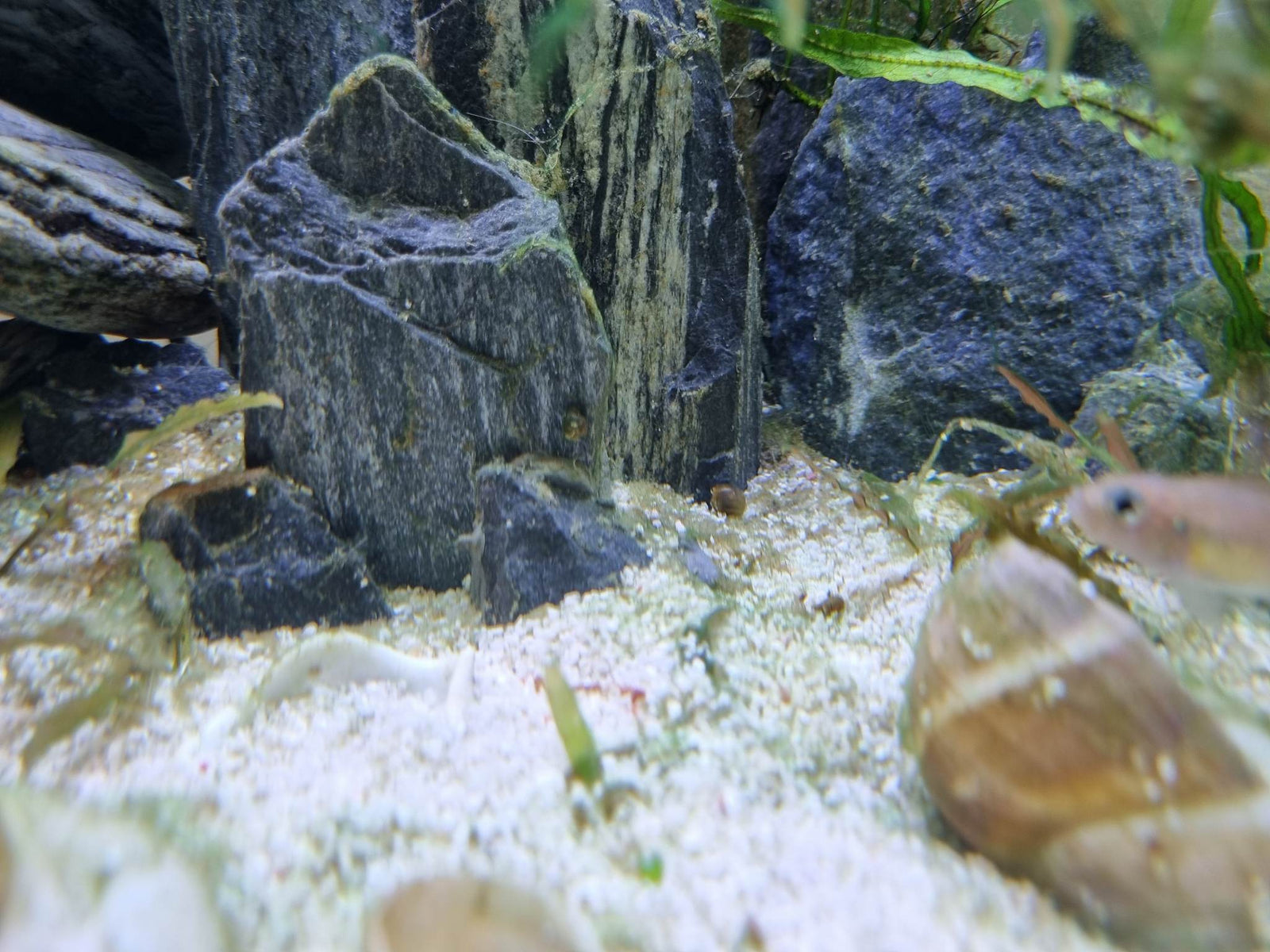
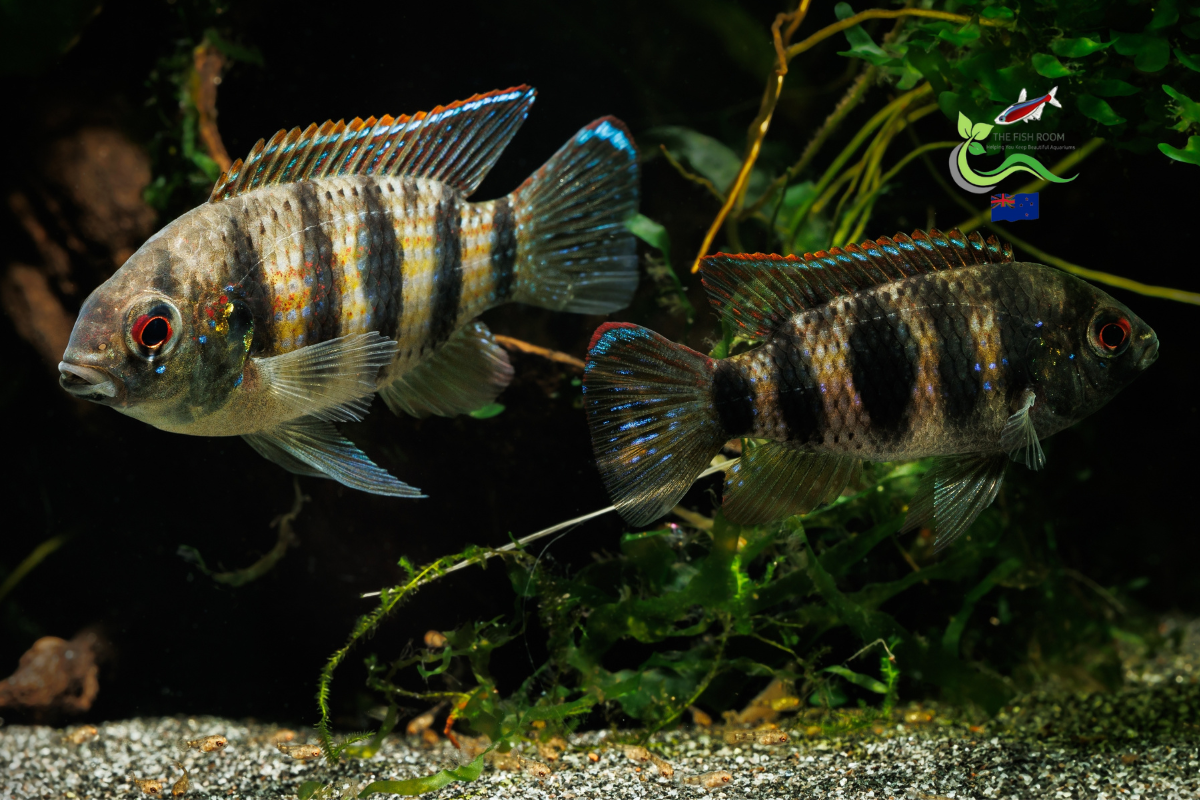
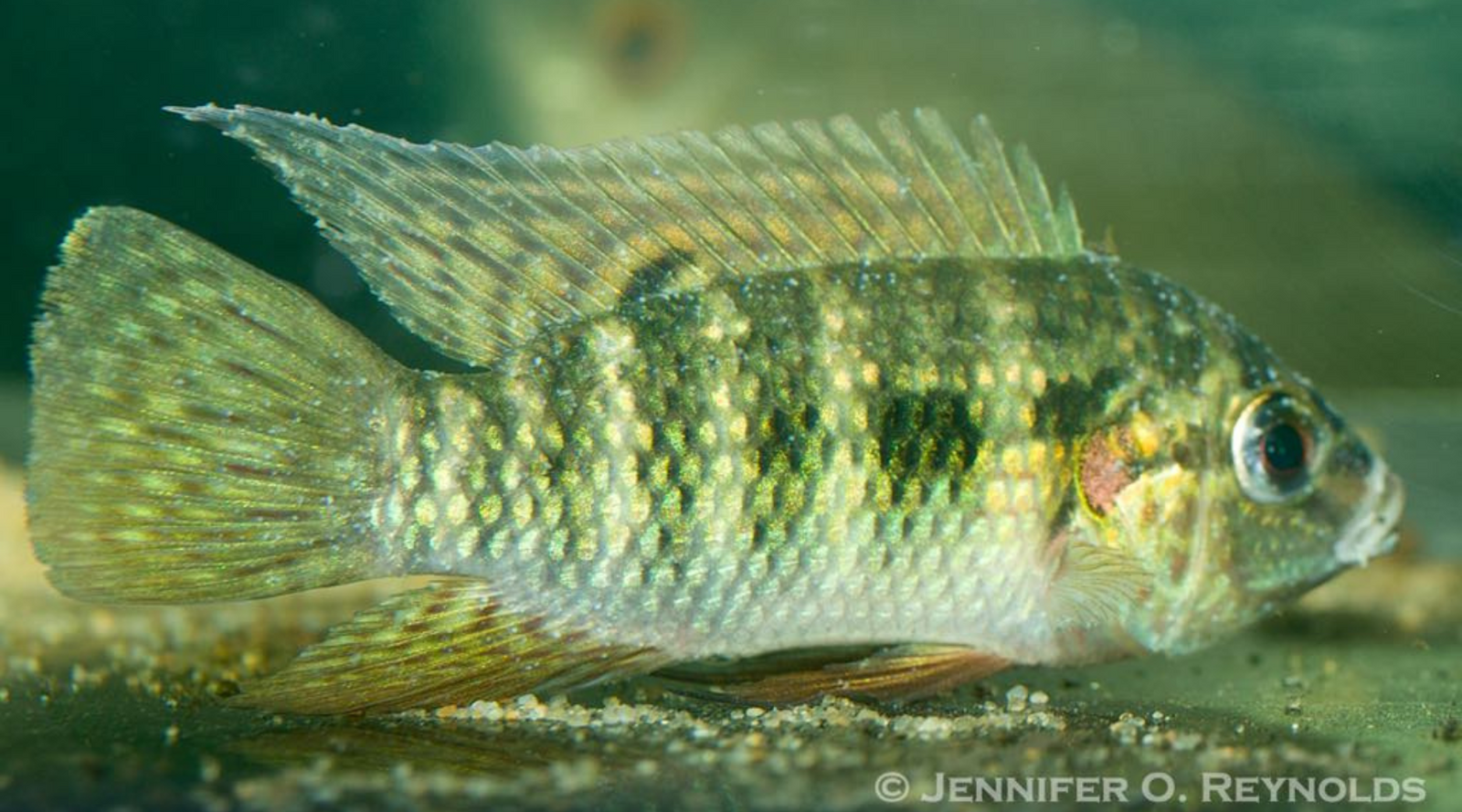
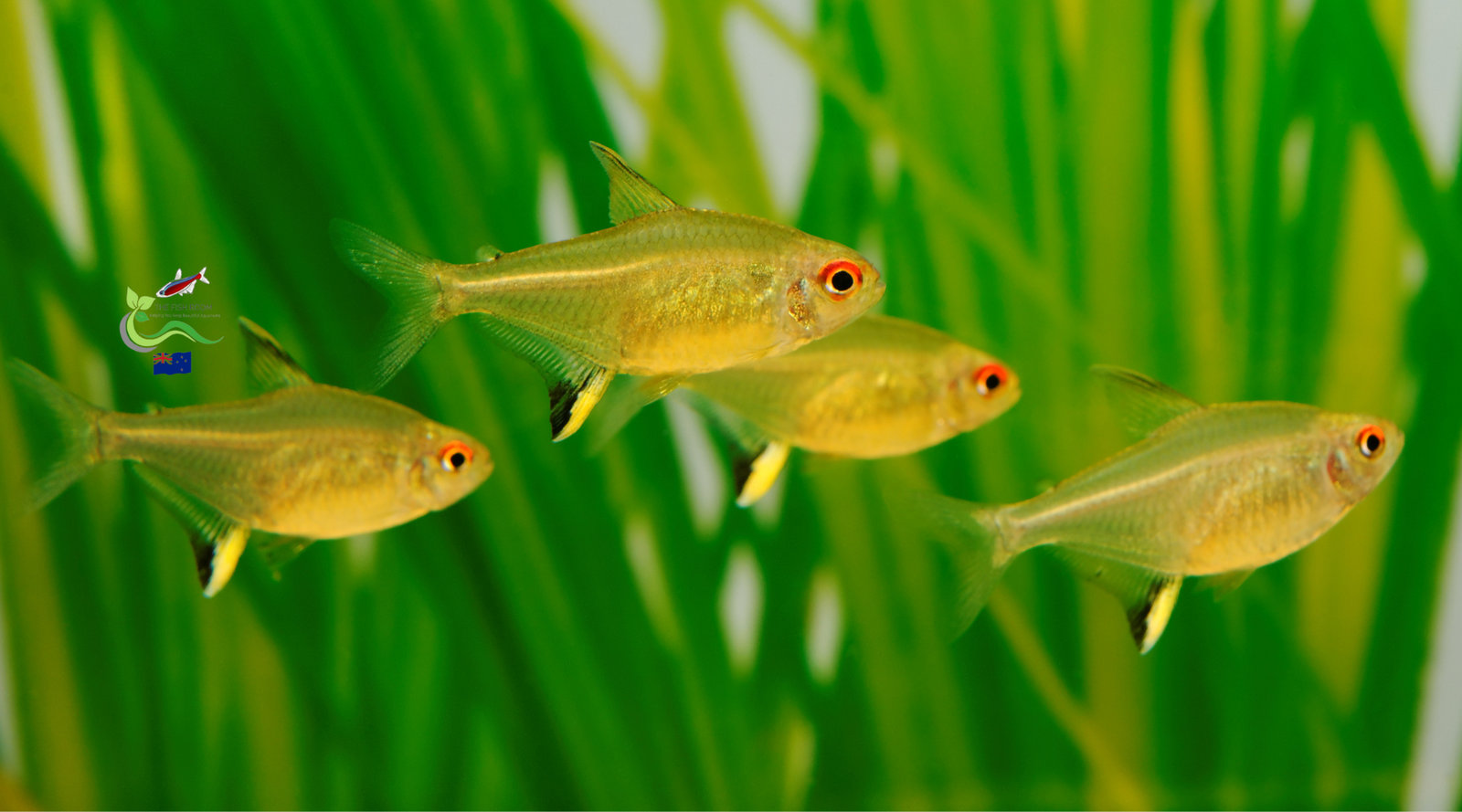
Leave a comment (all fields required)